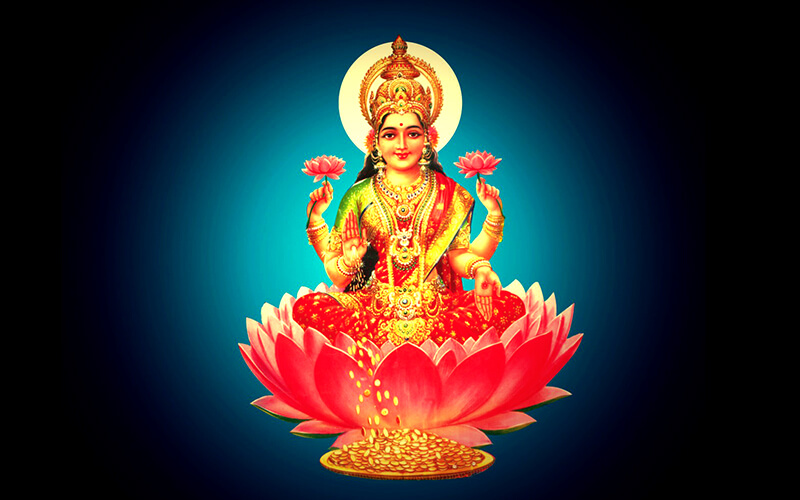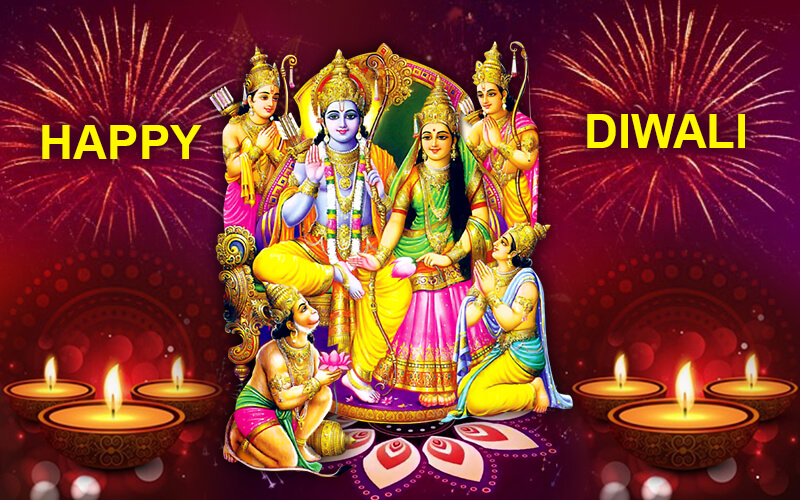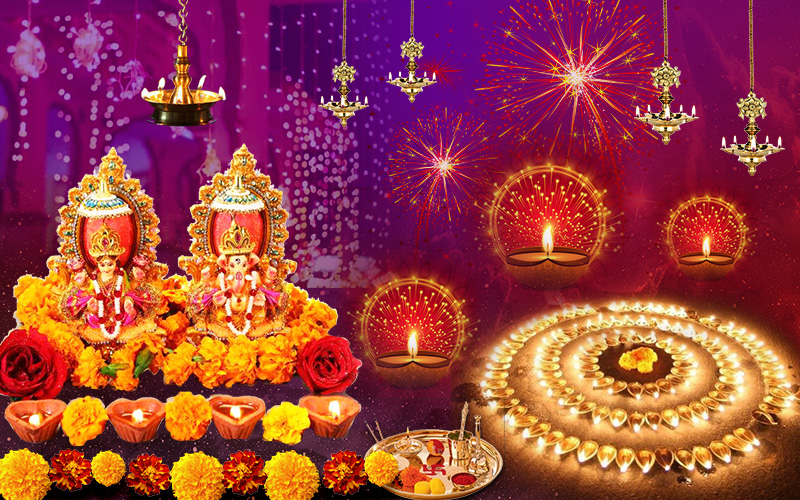
The Festival of Wealth, Dhanteras, is on the horizon and it is time for most people to complete their Diwali shopping. According to the legend, during Samudra Manthan, the gods and demons were churning the ocean, when Dhanwantari, the founder of Ayurveda, emerged from the ocean carrying a jar of the amrit on the day of Dhanteras. Hence, this is the day to celebrate health, wealth and abundance.
People consider bringing new things into their house auspicious on this day. In the morning women make rangolis at their entrance doors to welcome Goddess Lakshmi. Sometimes, tiny footprints are etched with rice flour and gulal powder to symbolise the arrival of the Goddess. Just as old things have to be discarded to make space for the new, let us cleanse our mind and thoughts, bringing positive and uplifting thoughts and release any rigid beliefs and negativity we may be holding.
Dhanteras holds special meaning for traders and businessmen who purchase gold, silver or other precious metal on this day. Traditionally, women buy gold, platinum or silver jewellery on this day. At the very least, home makers purchase new metal utensils of steel, brass and copper for their kitchen. Donating metals on this day is also considered auspicious.
After sunset, women of the house can light earthen lamps for Lord Yama, the God of Death and keep it burning throughout the night in the tradition of Deep daan to honour Yama.
In the evening, you can perform Lakshmi Puja and light diyas. The light of diyas signifies the shadow of ignorance and negativity being overtaken by knowledge and realisation of the Self. In some houses, devotional songs in praise of Goddess Lakshmi are also sung.
How to do Lakshmi Puja at home
The best time for Lakshmi Puja on Dhanteras or Dhantrayodashi is during the Pradosh Kaal which falls after sunset and lasts for about two and half hours. In addition to worshipping the Idol of Goddess Lakshmi, you can also worship and energise the Mahalakshmi Yantra, which has powerful vibrations of Devi Lakshmi.
Before you begin, spread a new cloth on a raised platform. Place a handful of grains in the centre and on this base, place a kalash (pitcher) made of gold, silver, copper or terracotta. Fill three-fourth of the kalash with water mixed with ganga jal and place a betel nut, a flower, a coin and some rice grains in it. Arrange five kinds of leaves or mango leaves in the kalash. Place a metal dish on the kalash and fill it with rice grains. Draw a lotus with turmeric powder (haldi) over the rice grains and place the Idol of goddess Lakshmi over it, along with the coins.
Place the idol of Ganesha in front of the kalash, on the right (South-West) direction. Also place ink and books related to your business or occupation on the platform. Light a lamp and begin the puja by offering haldi, kumkum and flowers to the platform on which the kalash is placed. Then offer haldi, kumkum and flowers to the water to be used for the puja. Then recite the following mantra of Mahalakshmi:
Om Shreem Hreem Shreem Kamale Kamalaleye Praseed Praseed, Om Shreem Hreem Shreem Mahalaxmiyei Namaha
Take some flowers in your hands, close your eyes and think of Goddess Lakshmi being showered with water by two elephants standing on Her either side and chant Her name. Then offer the flowers to the idol.
Place the idol of Lakshmi in a plate and bathe it with water, panchamrit (a mixture of milk, curd, ghee or clarified butter, honey and sugar) and then with water containing some gold ornament or a pearl. Wipe the idol clean and place it back on the kalash. Alternately, you can just sprinkle water and panchamrit on the idol with a flower.
Now offer the Goddess sandal paste, saffron paste, perfume (ittar), haldi, kumkum, abeer and gulal. Offer a garland of cotton beads to the Goddess. Offer flowers, especially marigold and leaves of Bel (wood apple tree). Light an incense stick. Make an offering of sweets, coconut and fruits. Offer puffed rice and batasha. Pour some puffed rice, batasha, coriander seeds and cumin seeds over the idol. Worship the safe where you keep money and jewellery as a symbol of Lord Kuber. Finally, perform the Aarti for goddess Lakshmi.


